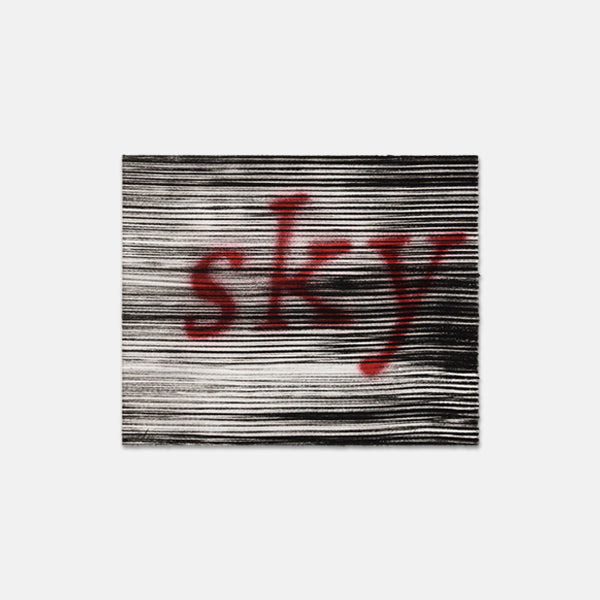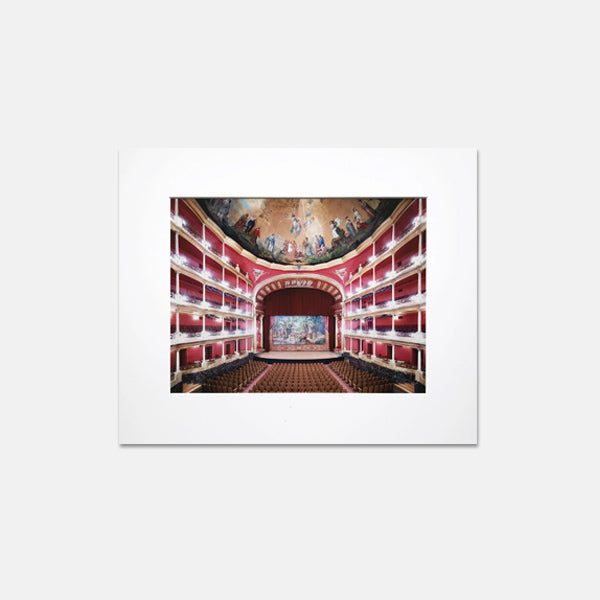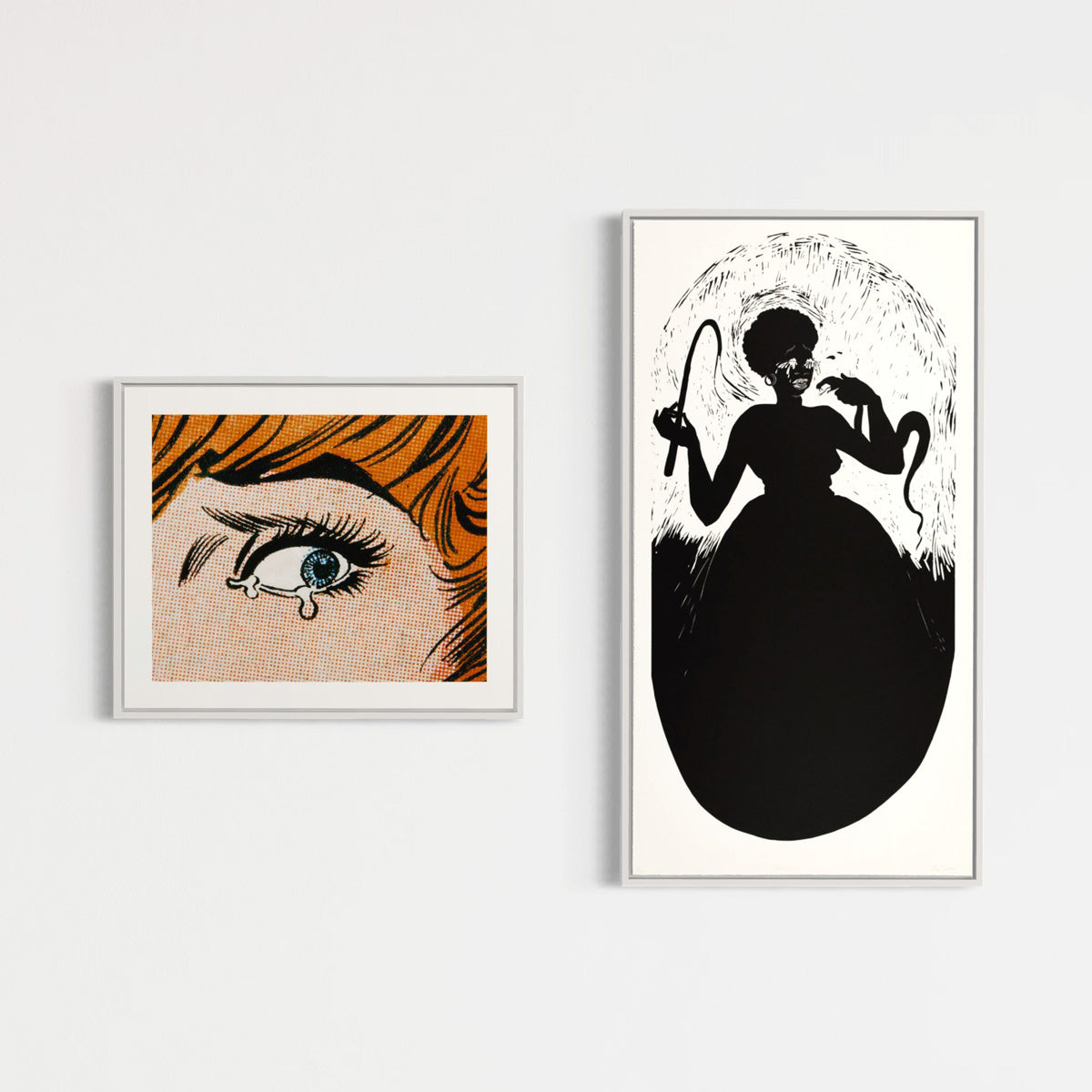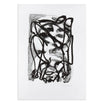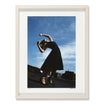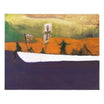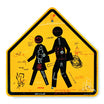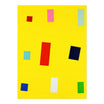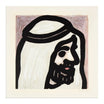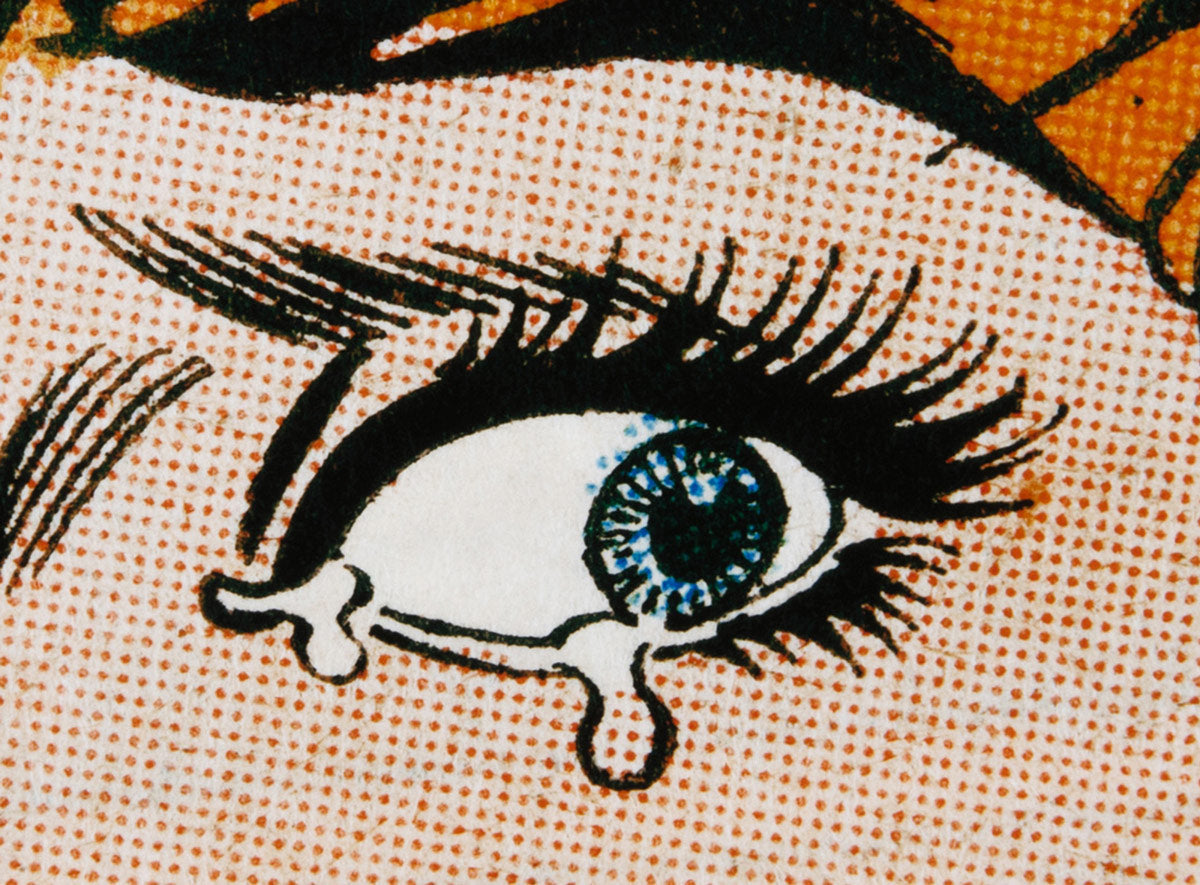

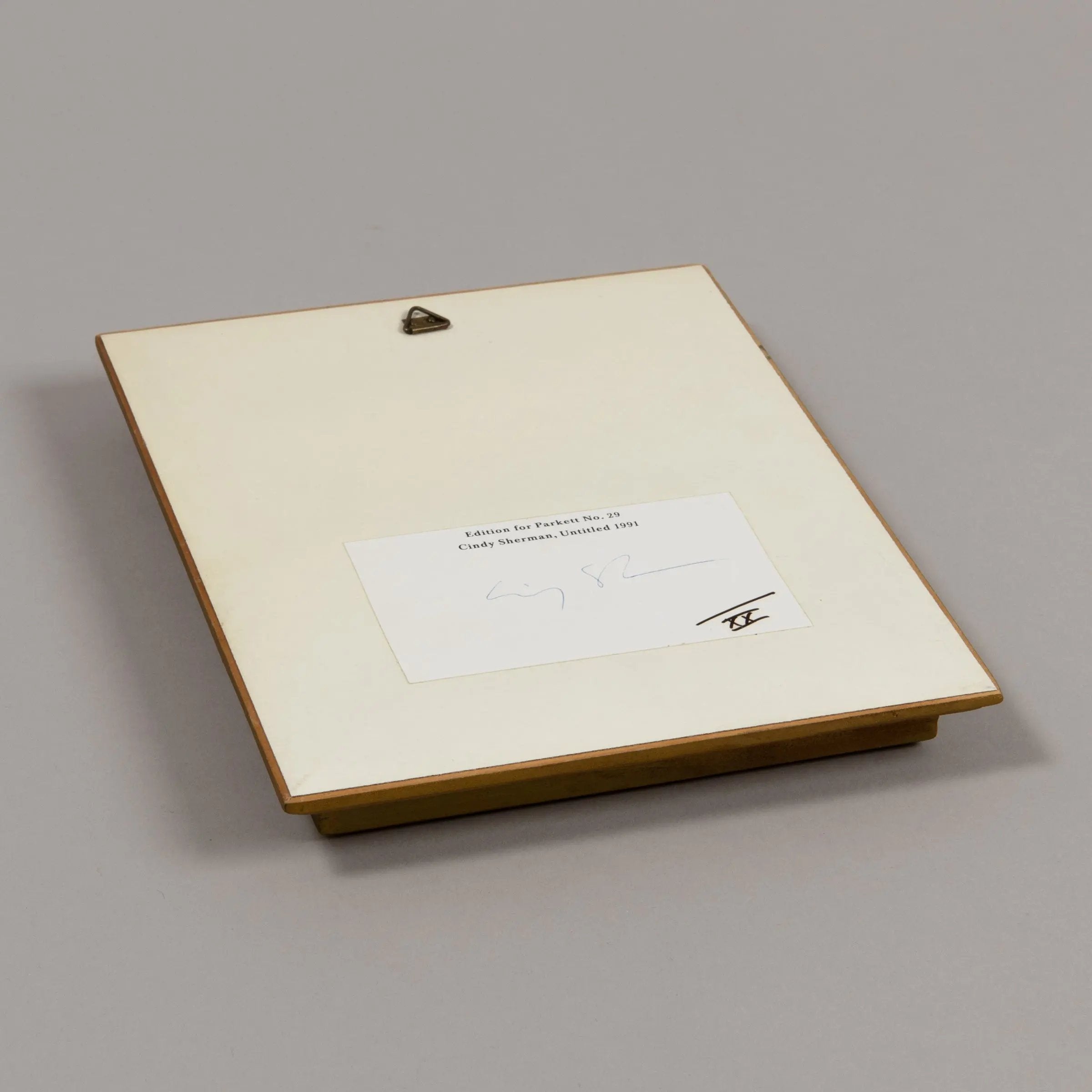
Cindy Sherman - Untitled (Parkett 29)
VAT not deductible (Margin Scheme).
Cindy Sherman (American, b. 1954)
Untitled (Parkett 29), 1991
Medium: Printed silk padded in gilded wooden frame (as issued)
Dimensions: 21 × 17 x 2.5 cm (8⅜ × 6¾ in)
Edition of 100 + XX: Hand-signed and numbered
Publisher: Parkett-Verlag, Zürich
Condition: Excellent
Artwork details
Cindy Sherman’s Untitled (Parkett 29) from 1999 is a rare multiple published by Parkett-Verlag, Zürich, in an edition of 100 plus XX artist’s proofs. The artwork consists of printed silk stretched over padding and set in its original gilded wooden frame, measuring 21 × 17 × 2.5 cm. Hand-signed and numbered by Sherman, this limited edition embodies her continued exploration of identity, representation, and the theatricality of images.
Published in conjunction with Parkett Vol. 29, the edition reflects Sherman’s unique position in late 20th-century art, where her staged photographs blurred boundaries between painting, photography, and performance. Collectors prize Untitled (Parkett 29) as an important example of Cindy Sherman’s collaborative multiples, encapsulating her dark humor and critical eye within a deceptively playful form.
About this artist
Cindy Sherman (born 1954 in New Jersey) is an influential American contemporary artist known for her groundbreaking work in photography. Her artwork primarily revolves around self-portraiture, where she explores identity, gender roles, and social constructs through the medium of photography. Sherman often uses herself as the model, transforming her appearance with costumes, makeup, and prosthetics to embody a variety of characters, from film stars to everyday figures, challenging the concept of a fixed identity. Cindy Sherman’s artworks typically involve a series of meticulously staged photographs, each with a narrative quality that blurs the line between reality and fiction. Her most famous series, “Untitled Film Stills” (1977-1980), features black-and-white photographs resembling publicity shots from mid-20th century films, evoking cinematic tropes of women in different roles. In these, and her later works, she questions how media shapes perceptions of femininity and identity. In addition to single images, Sherman often produces her work in print and edition formats, allowing for wider accessibility. Her prints and photographs are highly sought after in the art world, with limited editions making each work both scarce and valuable. These editions allow collectors to own a piece of her thought-provoking explorations of persona and identity. By limiting the number of prints, she maintains the exclusivity of her work while reaching a broader audience through museum collections and exhibitions. Cindy Sherman’s career has continually pushed the boundaries of photography and artwork, establishing her as a critical figure in contemporary art history.

You may also like

Buy art online
Shop art editions online with transparent pricing, accurate condition reports, and fast dispatch. Designed for international collectors, we make buying limited edition prints and artworks simple, secure, and reliable.
Worldwide shipping
We ship art editions worldwide with full insurance and tracking. Handled only by trusted international carriers, each shipment is securely packaged and typically dispatched within 5 days.
Professional packaging
Every artwork is packaged to the highest professional standards. Using solid multi-layer cardboard and protective materials, we ensure your art editions arrive safely and in excellent condition.
Secure payment
Buy with confidence using secure, encrypted payments backed by advanced fraud protection. Every transaction is processed with trusted technology, ensuring a smooth and worry-free checkout for collectors worldwide.
